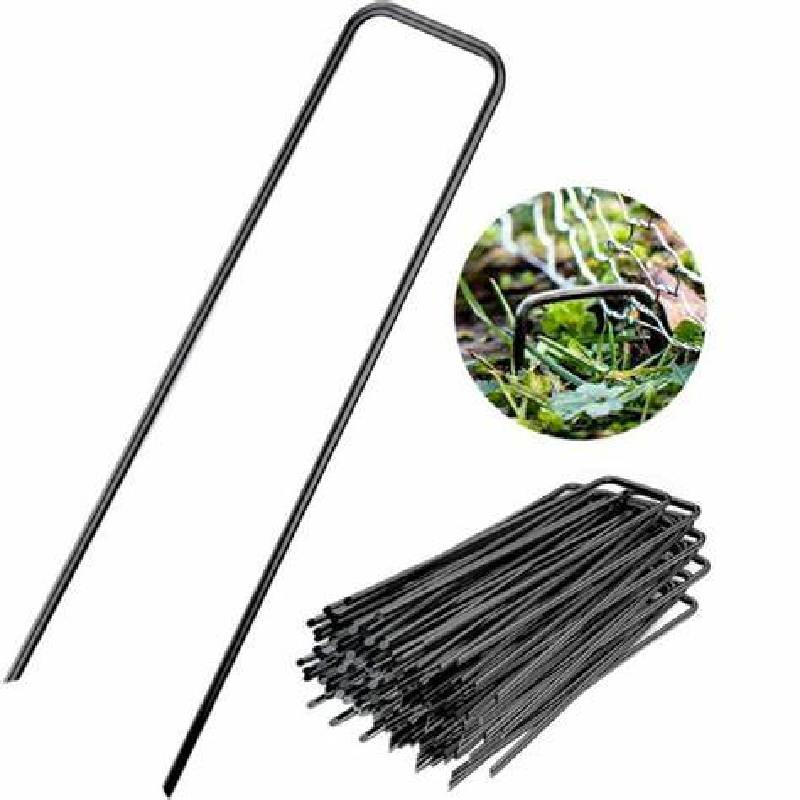
- Mobile Phone
- +8613931874955
- sales@cntcmetal.com
annealed steel wire
The Wonders of Annealed Steel Wire
Annealed steel wire plays a crucial role in various industries, thanks to its unique properties and versatility. This type of wire is formed from steel that has undergone an annealing process, which involves heating and then slowly cooling the metal. This procedure alters the internal structure of the steel, resulting in improved ductility, malleability, and reduced hardness. Consequently, annealed steel wire is characterized by its flexibility and strength, making it suitable for a multitude of applications.
Understanding the Annealing Process
The annealing process is vital for enhancing the physical properties of steel. It begins with heating the steel to a specific temperature, typically between 700°C to 900°C. This heating allows the metallic bonds within the steel to rearrange and relieve internal stresses. Once the desired temperature is reached, the steel is slowly cooled, often in a controlled environment. This gradual cooling prevents the formation of hard, brittle structures and promotes a more uniform grain structure.
By modifying these characteristics, annealing makes the steel wire more workable. It can be drawn into thinner wires without breaking, which is an essential feature for many applications within engineering and manufacturing sectors.
Applications of Annealed Steel Wire
Annealed steel wire finds usage across various sectors, including construction, automotive, aerospace, and manufacturing. One of the most common applications is in the construction industry, where this wire is used for reinforcing concrete. Annealed wire mesh is employed to enhance the tensile strength of concrete structures, providing additional support and durability.
In the manufacturing sector, annealed steel wire is utilized in producing various components, from fasteners to springs. The wire’s ability to be bent and shaped without cracking makes it ideal for creating intricate designs and components that require precision.
In the automotive industry, manufacturers use annealed wire in a range of applications, including wire harnesses and various fastening systems. The flexibility and strength of the wire ensure that it can withstand the demanding conditions typically encountered in automotive environments.
annealed steel wire

Moreover, annealed steel wire is also popular in the agricultural sector, where it is used in fencing and to tie plants for enhanced growth
. The tensile strength of annealed wire ensures that it can hold up against environmental factors while remaining flexible enough for easy handling.Benefits of Using Annealed Steel Wire
There are several benefits to using annealed steel wire in various applications. First and foremost, the wire’s enhanced flexibility allows for easy manipulation without the risk of cracking or breaking. This characteristic is particularly important for industries that require precision and durability.
Additionally, annealed steel wire is generally more resistant to wear and tear compared to harder steel wire. This resistance extends the lifespan of products made from annealed wire, leading to lower replacement costs and reduced waste.
Furthermore, annealed steel wire is relatively easy to work with during manufacturing processes. Its ductility allows manufacturers to produce intricate designs, making it a preferred choice for various applications.
Conclusion
In summary, annealed steel wire is a remarkable material that undergoes a specific process to enhance its properties, resulting in high flexibility, durability, and strength. Its wide range of applications across different industries highlights its significance in contemporary manufacturing, construction, agriculture, and automotive sectors.
As technology continues to advance, the demand for materials that combine strength with flexibility will only increase. Hence, the role of annealed steel wire will likely grow even more critical, ensuring that innovation and efficiency in various fields remain a reality.
share:
-
Why Sacrificial Formwork Is Redefining Underground ConstructionNewsJun.06,2025
-
The Structural Dynamics of Modern Concrete: How Snake Spacers Revolutionize Flexible ReinforcementNewsJun.06,2025
-
Snake Spacers Smart-Lock Concrete Reinforcement with Surgical PrecisionNewsJun.06,2025
-
Snake Spacers: Reinforcement Precision for Modern Concrete ProjectsNewsJun.06,2025
-
Snake Spacers Powering Concrete's Structural DNANewsJun.06,2025
-
Slither into Success: Snake Spacers' Precision Bite for Unbreakable ReinforcementNewsJun.06,2025
-
Sacrificial Formwork: Building Stronger, Faster, and Safer StructuresNewsJun.06,2025



















